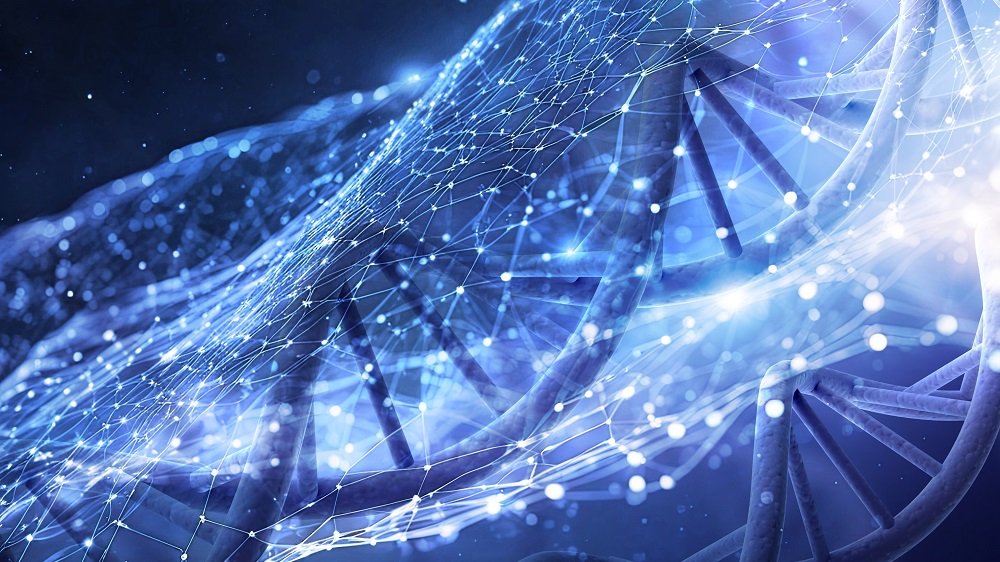Mitochondrial dysfunction is increasingly recognized as a key contributor to various age-related diseases and conditions. Recent research has begun to elucidate the relationship between cellular reprogramming and the dynamics of mitochondrial mutations, revealing how such reprogramming can influence either the eradication or proliferation of these mutations.
The Basics of Mitochondrial Mutations
Mitochondrial DNA (mtDNA) is remarkably susceptible to mutations, occurring at a rate 10 to 100 times higher than that of nuclear DNA due to its exposure to the cellular environment and oxidative stress. The mtDNA is compact, containing only 16,569 base pairs and lacking non-coding introns, hence any mutation can have significant repercussions. Thus, two primary states can emerge in cells: homoplasmy, where all mtDNA is identical, and heteroplasmy, where variant mtDNA coexists within the same cell. This heteroplasmy can lead to various downstream consequences, including cardiac issues and other health complications.
A particularly intriguing aspect of mitochondrial biology is the competition between dysfunctional and functional mitochondria. Notably, research indicates that mitochondria with detrimental mutations can outcompete their healthier counterparts within certain cell types. However, the mechanisms underlying this phenomenon remain unclear, and it is yet to be established whether mitochondrial DNA deletions are a primary driver of age-related dysfunctions or merely a consequence of broader cellular degradation.
Cellular Reprogramming and Its Impact
Recent investigations have highlighted the impact of cellular reprogramming, a process that can lead to significant shifts in mitochondrial heteroplasmy. Studies revealed that through the reprogramming process using the OSKM factors (Oct4, Sox2, Klf4, and c-Myc), cells exhibit a striking tendency to either retain or eliminate specific mitochondrial mutations, influencing stem cell viability and function.
Experimental Findings
In a controlled experiment, researchers applied cellular reprogramming to different cell lines possessing known mitochondrial mutations. Two primary mutations were studied: the A3243G point mutation and the Δ4977 deletion. A3243G, which affects a high proportion of mtDNA (89%), resulted in clear respiratory deficits, whereas the Δ4977 mutation exhibited a minimal percentage of mutation impact.
Results Summary
The findings from these experimental endeavors can be summarized as follows:
| Mutation Type | Cellular Response | Impact on Function |
|---|---|---|
| A3243G | Some iPSCs retained mutation; others eliminated it. | Significant respiratory impairment. |
| Δ4977 | Initial increase in mutations followed by rapid elimination. | Altered nuclear gene expression and dependency issues in heart tissue. |
Cellular Dynamics and Differentiation
After reprogramming, cells with higher percentages of the Δ4977 mutation demonstrated notable behavioral changes. Although differentiation into fat and bone cells was unaffected, proper functioning was compromised in heart tissue, manifesting as issues with essential cardiac compounds. Furthermore, the presence of this mutation influenced both the size and division rates of the resultant cells.
Additional impacts of the Δ4977 mutation included significant alterations in expression profiles of nuclear genes associated with metabolism, oxidative stress, and cholesterol management. For instance, shifts in metabolic activities—such as the crucial ADP to ATP translation—were observed.
| Gene Expression Changes | Observation |
|---|---|
| Metabolic Genes | Altered expression affecting overall metabolism. |
| Oxidative Stress Response | Increased expression linked to dysfunctional mitochondria. |
| Cholesterol Management | Significant changes in related gene expression. |
“This work underscores the potential of cellular reprogramming as a mechanism to manage mitochondrial dysfunction, either by purging harmful mutations or ensuring their continued propagation.” – Lead Researcher
Future Implications
The implications of this research extend into the realms of regenerative medicine and therapeutic strategies targeting mitochondrial dysfunction. As researchers uncover the mechanisms through which cellular reprogramming influences mitochondrial DNA landscapes, they may enable new therapies to improve the quality of life for individuals with mitochondrial diseases.
It is essential to continue to investigate the specifics of how these cellular processes unfold, including whether the insights gained from the iPSC generation hold true across diverse mitochondrial mutations. The findings suggest a promising trajectory for iPSCs in clinical applications, particularly for developing cardiac and other functionally critical tissues.
Literature Cited
[1] Allio, R., Donega, S., Galtier, N., & Nabholz, B. (2017). Large variation in the ratio of mitochondrial to nuclear mutation rate across animals: implications for genetic diversity and the use of mitochondrial DNA as a molecular marker. Molecular Biology and Evolution, 34(11), 2762-2772.
[2] Picard, M., et al. (2014). Progressive increase in mtDNA 3243A> G heteroplasmy causes abrupt transcriptional reprogramming. Proceedings of the National Academy of Sciences, 111(38), E4033-E4042.
[3] Baris, O. R., et al. (2015). Mosaic deficiency in mitochondrial oxidative metabolism promotes cardiac arrhythmia during aging. Cell Metabolism, 21(5), 667-677.
[4] Khrapko, K., et al. (1999). Cell-by-cell scanning of whole mitochondrial genomes in aged human heart reveals a significant fraction of myocytes with clonally expanded deletions. Nucleic Acids Research, 27(11), 2434-2441.
[5] Wei, W., et al. (2021). Cell reprogramming shapes the mitochondrial DNA landscape. Nature Communications, 12(1), 5241.
[6] Chakrabarty, R. P., & Chandel, N. S. (2021). Mitochondria as signaling organelles control mammalian stem cell fate. Cell Stem Cell, 28(3), 394-408.
[7] Lifespan.io














Discussion